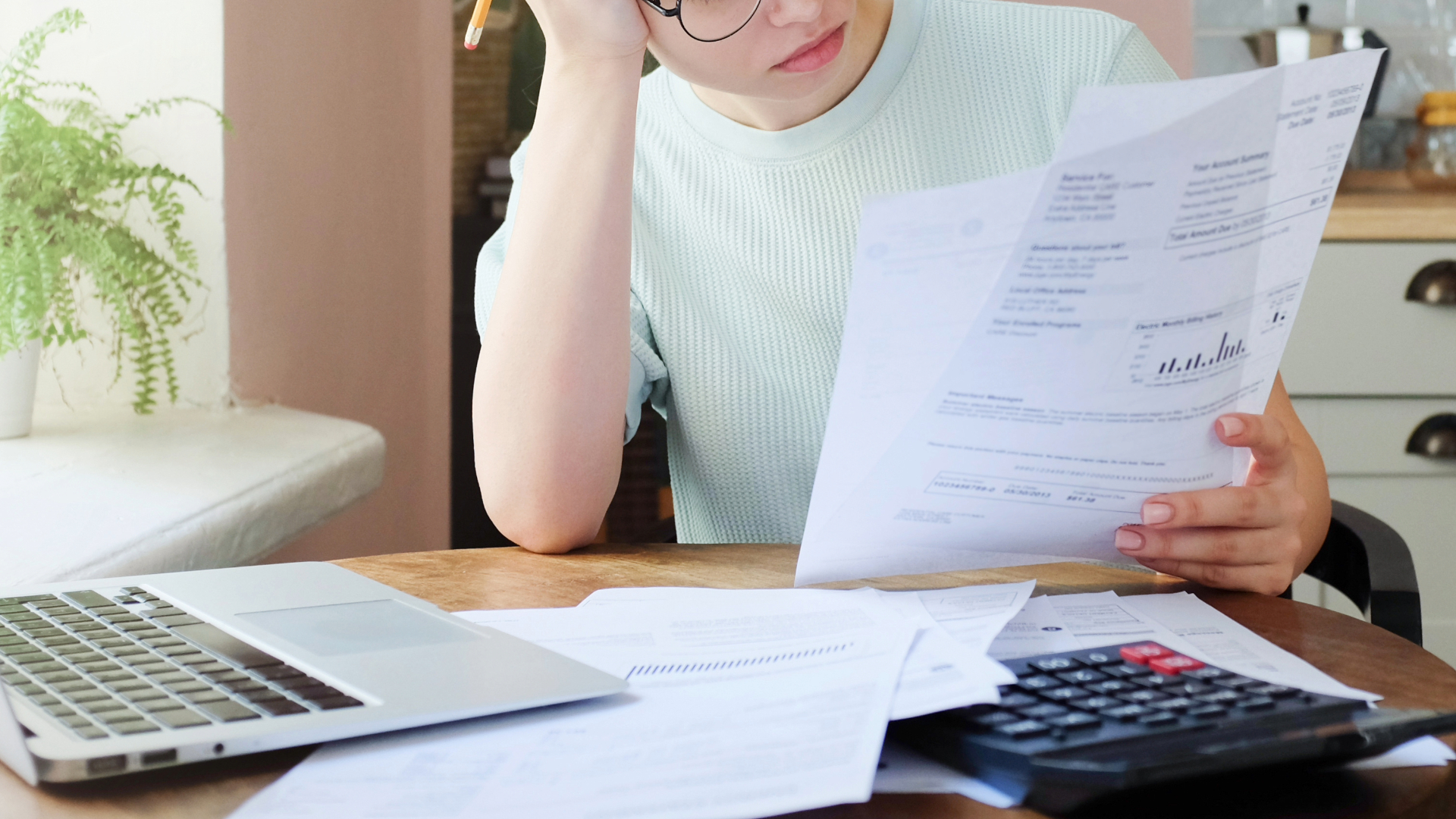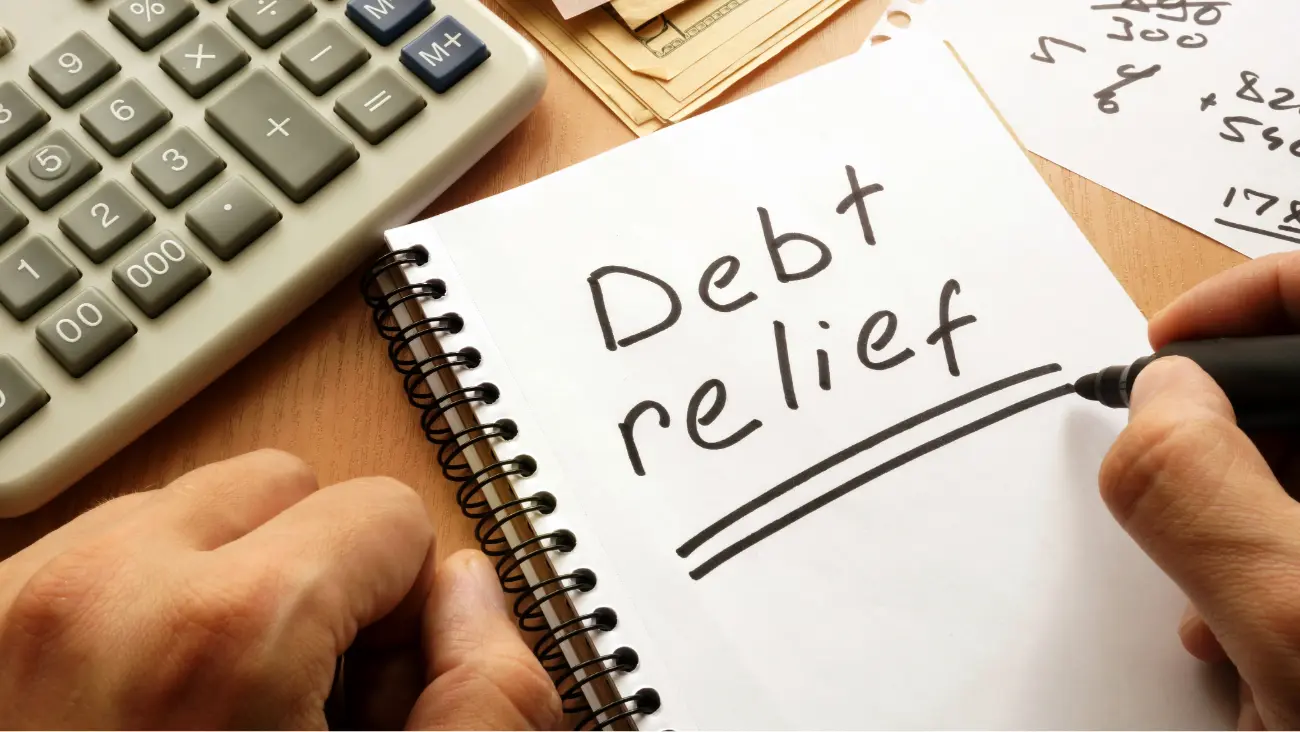When you least expect it, emergencies happen. Whether big or small, they are unexpected and can severely strain an individual and their financial well-being.
Preparing an emergency fund, an account for money to be placed aside to cover unexpected expenses can help you stay on your feet when an emergency occurs.
What Is an Emergency Fund?
An emergency fund is a sum of money set aside to cover financial surprises that may come your way. This could be any medical emergency, loss of income, or unexpected home and auto repairs that do not fit within your budget.
Why an Emergency Fund Is So Important
An emergency fund is important because any financial setback can affect your financial status if debt accrues. When an individual is unprepared for unexpected financial strain, they may begin to rely on credit cards and loans.
While this may benefit some, it is a quick way to end up in debt and become a more challenging cost to pay off. As a result, people may dip into other funds, such as retirement or other savings, to cover unexpected costs.
An emergency fund applies differently to everyone. While some may put a lump sum each month into the account, others can only afford a small amount every so often.
There is no correct answer; any amount of money can help relieve you when facing an unexpected financial situation.
Why Do I Need an Emergency Fund?
An emergency fund is a cushion to fall back on when life gets in the way. It is a fund that allows you room to breathe and be at ease when unexpected tragedies occur. Listed below are five steps to help you plan and prepare an emergency fund:
5 Steps to Plan an Emergency Fund
1. Make a budget and see where you can save more money.
Creating a budget for an emergency fund is the same as creating a budget to monitor daily spending. Do your research before making a budget.
2. Determine your emergency fund goal.
Emergency funds will differ from person to person. There is no set amount to put away to save for unexpected circumstances.
However, it is a good rule of thumb to put away at least three to six months’ worth of expenses. This does not have to be stowed away in a lump sum but rather a weekly deposit to this fund.
For example, if your monthly expenses are near $2,500, and you are aiming for a four-month emergency fund, you would need a $10,000 balance in your account for an emergency fund.
3. Start with small, regular contributions.
Be consistent. Start by depositing small amounts regularly to get into the habit and routine of building your emergency fund. Over time, you can increase your contributions if your situation allows, such as you receive a raise or an increase in assets.
4. Don’t increase monthly spending or open new credit cards.
Increasing your monthly spending after a budget has been created can be detrimental to your savings goals. Your budget will be inaccurate if you choose to increase monthly spending.
Opening a new credit card when trying to responsibly save and budget for future inconveniences puts you in danger of accruing debt and not reaching that goal of an emergency fund.
5. Keep saving after reaching your goal.
If your savings account reaches the goal you were aiming for, why stop there? Continuously depositing into this fund after exceeding your financial goal can provide you additional peace of mind if an unexpected circumstance occurs.
Emergency Fund FAQs:
Where Should I Keep My Emergency Fund?
When it comes to an emergency fund, there are many options you can choose from to decide where to store it. Of course, a bank or credit union is the safest place to maintain these funds.
You can also obtain a prepaid card to load money on when necessary. Another option would be to keep this money in cash.
Keeping cash on hand for an emergency could be beneficial if kept in a safe place without being lost or stolen.
How Fast Should I Build My Emergency Fund?
Everyone’s financial situation differs, so the amount of money and rate you can save will differ. For example, building an emergency fund can take anywhere from six to eighteen months.
There might not be a specific timeline for investing in your future, but with a proper budget and plan, you will be on your way to saving in no time.
What Is a Realistic First Goal When Creating an Emergency Fund?
You want to strive for small goals when first creating this fund. For example, if your goal is to save $100 monthly, start saving $25 weekly.
Or even saving $5 a day can get you in the mindset of saving for something greater. While each goal depends on your income and expenses, do not stress the amount in the fund.
The goal of this fund is to help you cover unexpected expenses, not cover your entire income and livelihood.
Investing in a credit monitoring service, such as MyScoreIQ, can be a helpful resource in building an emergency fund. When you sign up with MyScoreIQ, you can track your credit scores, actions you can take to help positively impact your credit and finances, and access tools to help you achieve your financial goals.
Bottom Line
It is crucial to view your emergency fund like an insurance policy. It can cost you money upfront, but when things go awry, you are thankful you have it.
Do not allow yourself to be caught off guard. As your salary rises, increase the amount deposited to accommodate your living situation. Use the funds only in an emergency and spend them carefully when you need to withdraw them.











